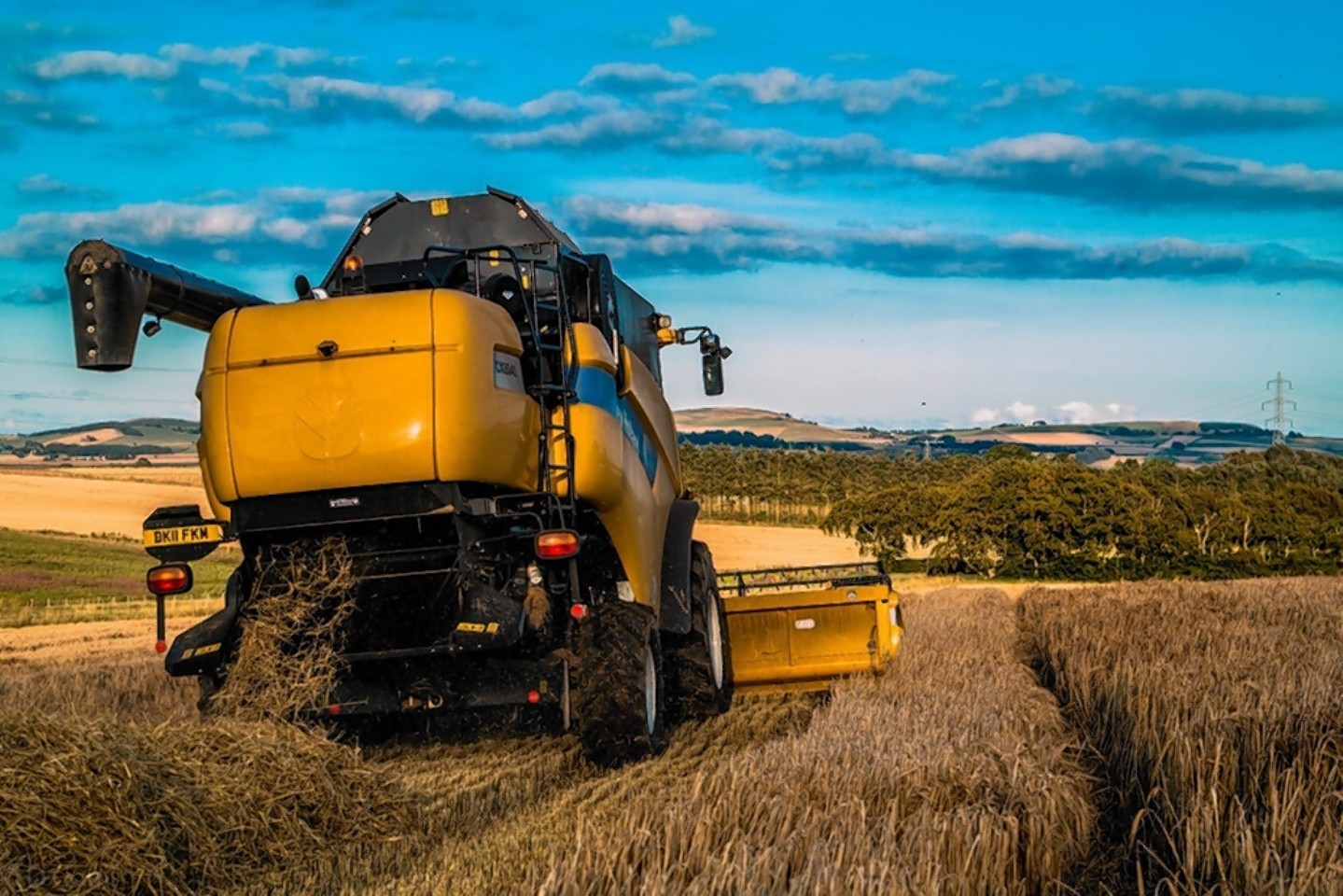The Scottish 2014 cereal harvest remains on track to be the largest in 20 years, despite a downward revision to the government’s estimates for final tonnage.
Final harvest estimates released by the Scottish Government put the final tonnage at 3.2million tonnes, representing 384,000 more tonnes than last year.
According to Scotland’s chief statistician, the increased tonnage this year was due to an estimated 13% improvement in overall cereal yields this year.
However, this is down 62,000 tonnes on the government’s first estimates released in June.
The downgrade was a result of the increases in spring barley and oilseed rape production being revised down, and a greater than first thought decrease in oat production, said the statistician.
The latest estimates suggest overall yields averaged around 2.83 tonnes per acre, ranging from 2.46 tonnes per acre for spring barley and oats to 3.68 tonnes per acre for wheat.
Oilseed rape yields are estimated to have averaged 1.62 tonnes per acre, while the are of land sown has increased by nearly 10,000 acres.
A government statement said: “The longer term trend of improving yields continues, with the average cereal yield for the last 10 years 7% higher than in the previous decade.”
Meanwhile, figures released from UK farming ministry Defra confirm that UK wheat, oilseed rape production was up this year, while barley was down.
According to Defra, the UK 2014 wheat harvest was up 39% on 2013 at 16.6million tonnes, due mainly to an increase in planted area to nearly 4.7million acres and a 16% increase in average yields to 3.48 tonnes per acre.
Oilseed rape tonnage is estimated to be up 16% to 2.5million tonnes, despite a drop in the planted area, with yields estimated to be up 23%.
UK barley production is estimated to be down 2.6% to 6.9million tonnes, with spring barley acreage down 28% to 1.6million acres and winter barley acreage up 38% to 1.06million acres. Yields are estimated to be up 9.5%.
